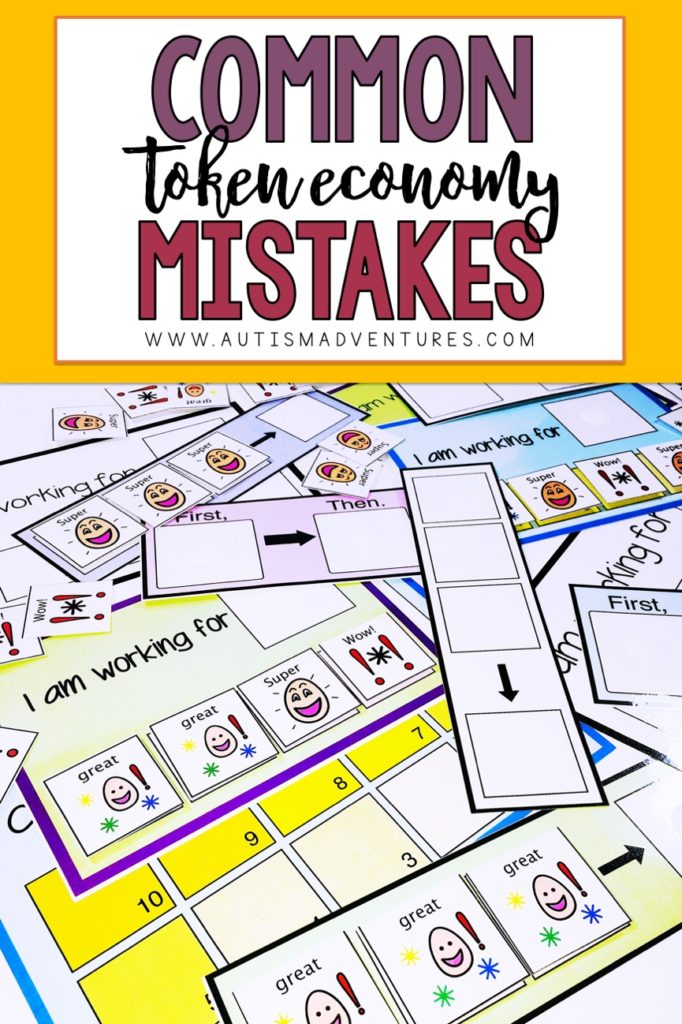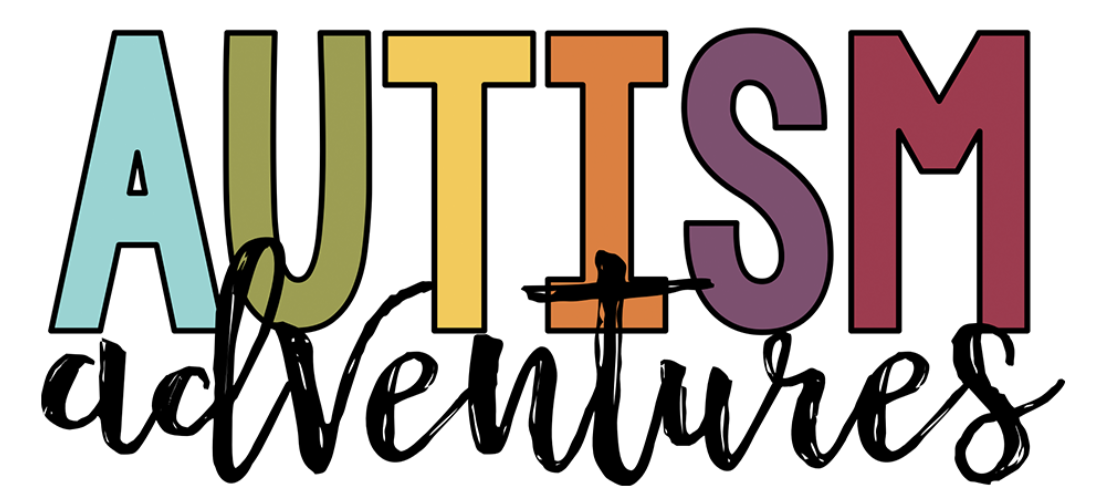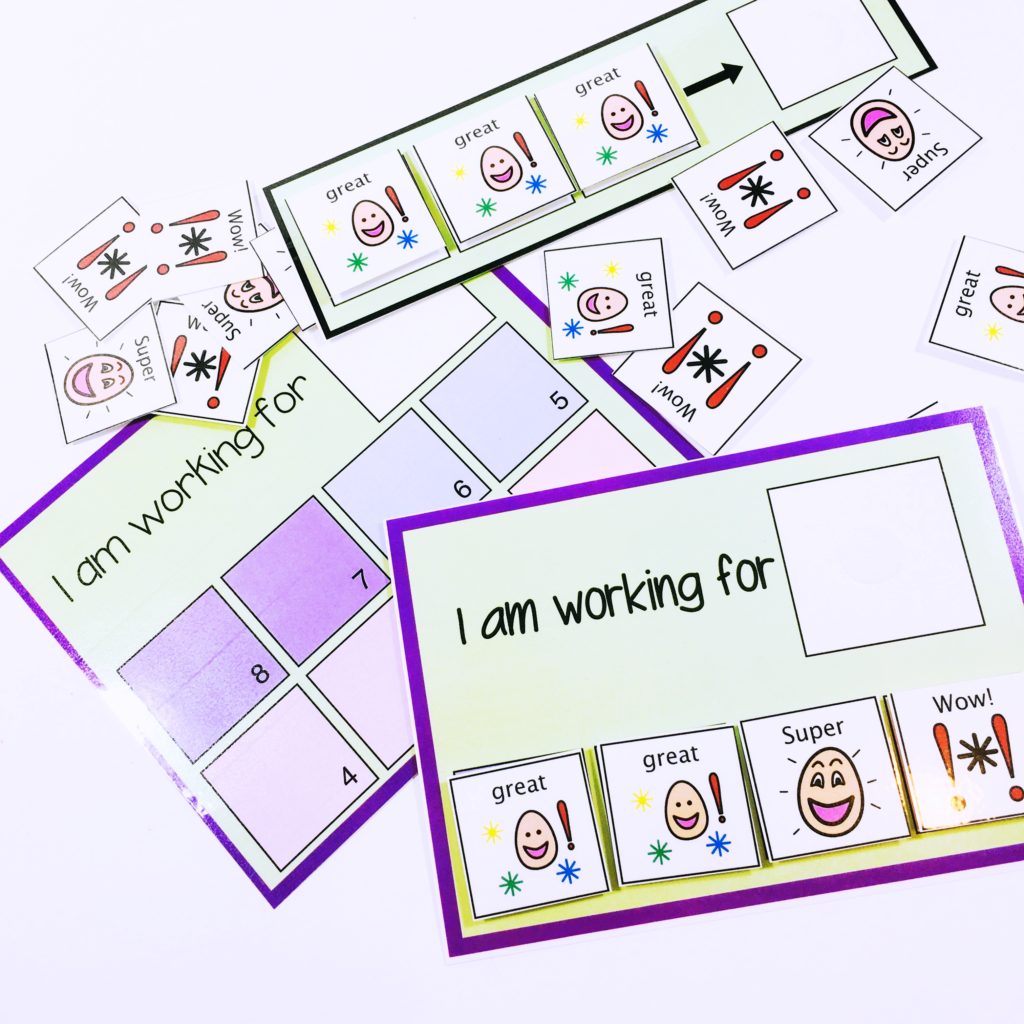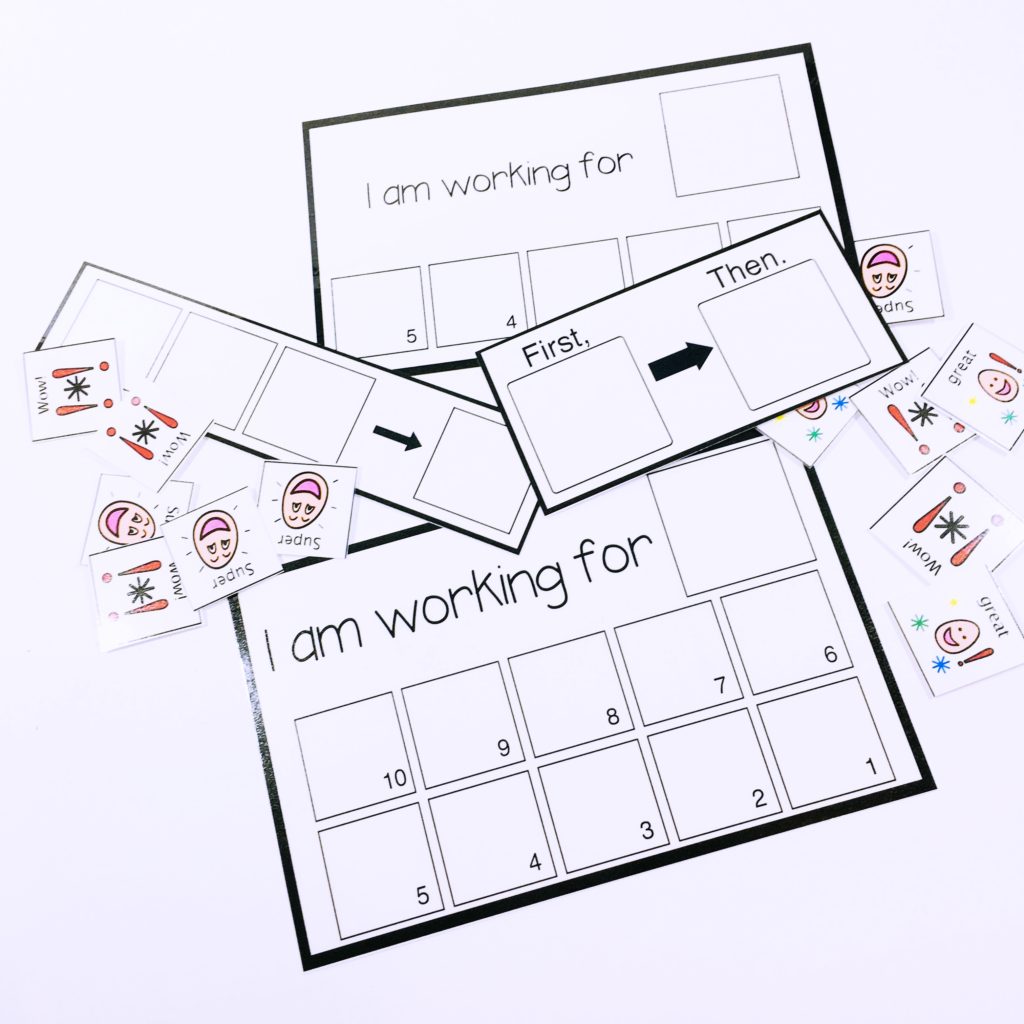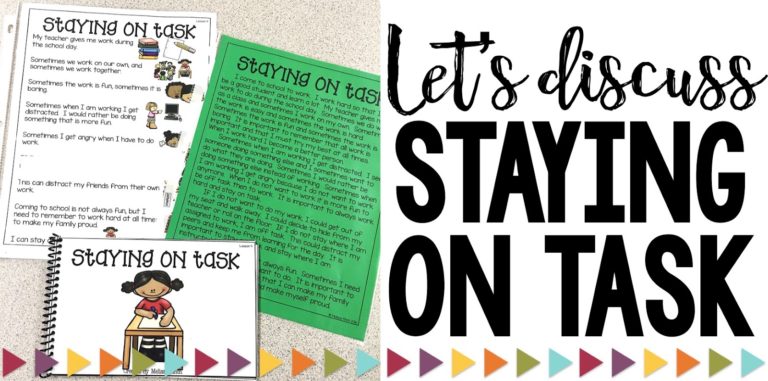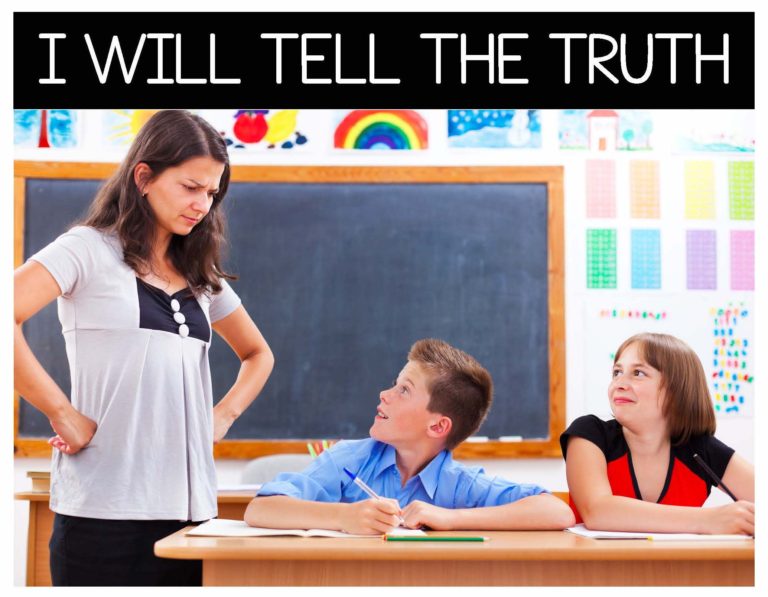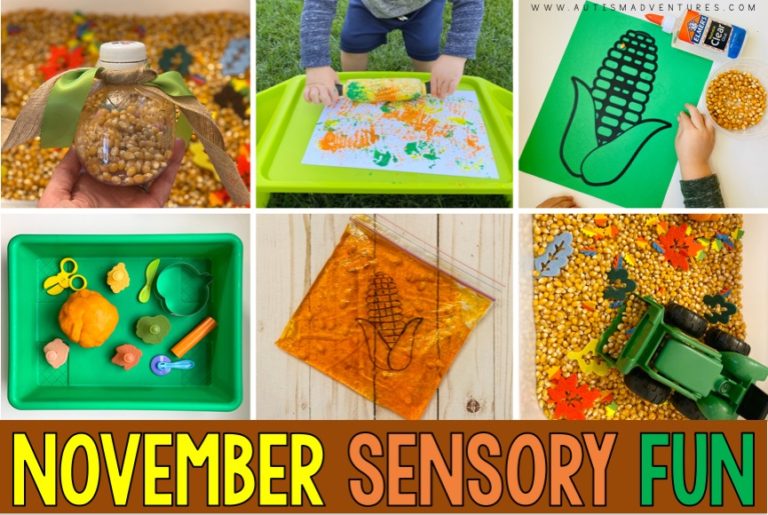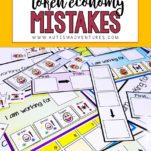Token Economy Mistakes
Working with a token economy in the classroom can be an awesome way to increase motivation in the classroom. It can also help with compliance and to keep our students (and ourselves) on task. Unfortunately, there are a lot of misconceptions about using token systems. If not used appropriately, they can become less effective and more frustrating for both the student and the learner.
Here I’ll highlight the three common token economy mistakes and how to fix them!
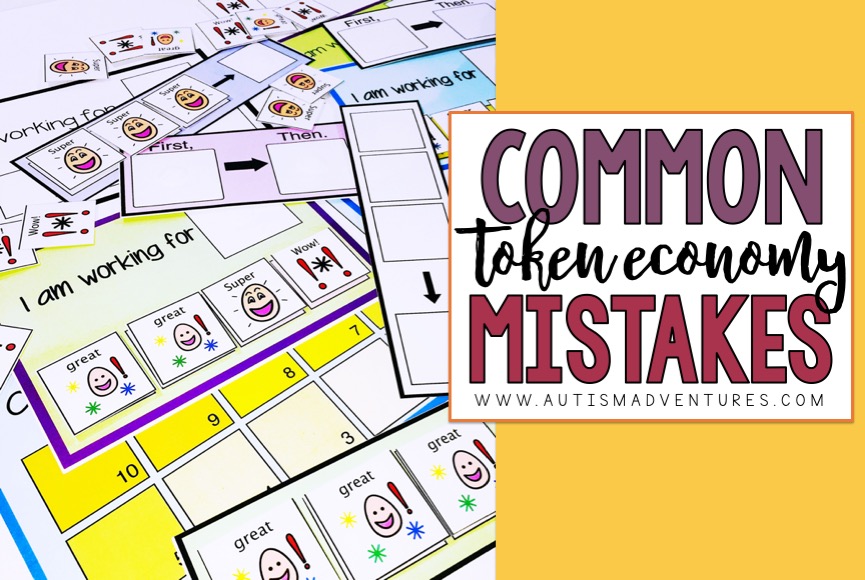
Not providing backup reinforcers
Token economies are so effective because they indicate to a learner when reinforcement is coming. It also tells them what they will need to do in order to earn it. I have heard many teachers or parents ask why their tokens aren’t working. The reason that they’re not effective is because the tokens themselves are not inherently reinforcing.
Tokens are designed to signal that something reinforcing is coming. Making sure that your learner is earning a strong reinforcer (based on their own preference), or is able to exchange tokens (or stickers…etc) for backup reinforcers will help increase their motivation to engage in the desired responses to earn it! Try making the tokens exciting! To read more about motivating students, read this post HERE. When a student gets a token, make it a big deal. You have to get the student to “buy in” to the idea of the token system. Teach students that tokens are a good thing! Erin, from You Aut-a Know has a great post about a preference assessments HERE.
Not clearly defining desired behavior or responses/ inappropriate schedule of token delivery
We need to set our students up for success. We can do this by ensuring that they know what it is they are expected to do and are capable of achieving it. Simply give clear directions or guidelines on exactly what will earn a token (visuals can help!), and how many they will need to earn is crucial for success. The picture below shows exactly how many tokens are needed to earn a reinforcer.
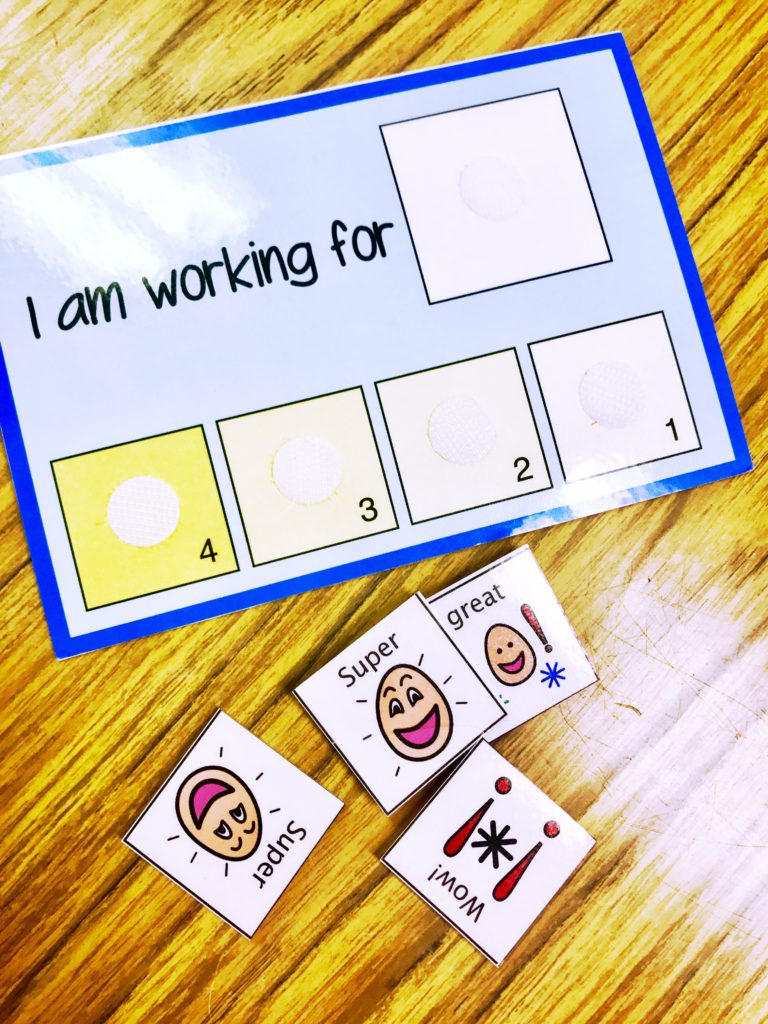
Using the correct number of tokens is essential too – we want to keep our students motivated! If we are using too many tokens for the learner, they will often lose interest and responding will decrease because reinforcement is just too far away.
Removing Tokens
If you remove tokens in a token economy it is called response cost and is a punishment-based procedure. When I was in the classroom, I strictly implemented a positive reinforcement system for all students. I found little success with punishment. Removing tokens can be effective but may also lead to an increase in learner frustration or problem behaviors. Response cost should only be used if all reinforcement-based procedures have been utilized and problem solved, the learner understands exactly what behavior will result in a lost token and understands how to earn it back. Again, I don’t recommend this method, however some educators find success with this.
In other words, we should never be removing tokens willy-nilly. Oftentimes, if you are not seeing an increase in desired behavior or responding, we need increased reinforcement, not punishment. Try to decrease the number of tokens necessary to earn the reward and ensure the learner understands expectations before considering response cost. For example, if the student is having difficulty earning 5 tokens, consider a 3 token system. Gradually increase time to earn each token over time. Return back to a 5 token system once the 3 token system is mastered.
In Summary
Token economies can be a super effective tool when used correctly and can make “work” more fun and exciting! Custom tokens or token boards based on student interests or favorite colors, or letting the learner stick on their own tokens can be an awesome way to increase motivation and compliance.
Token boards come in many styles. You can draw on paper, a dry erase board or re-used using laminating sheets. I have a token board bundle already created for you if you are looking to use simple token boards in the classroom. Just be sure not to do these common token economy mistakes once you start implementing!
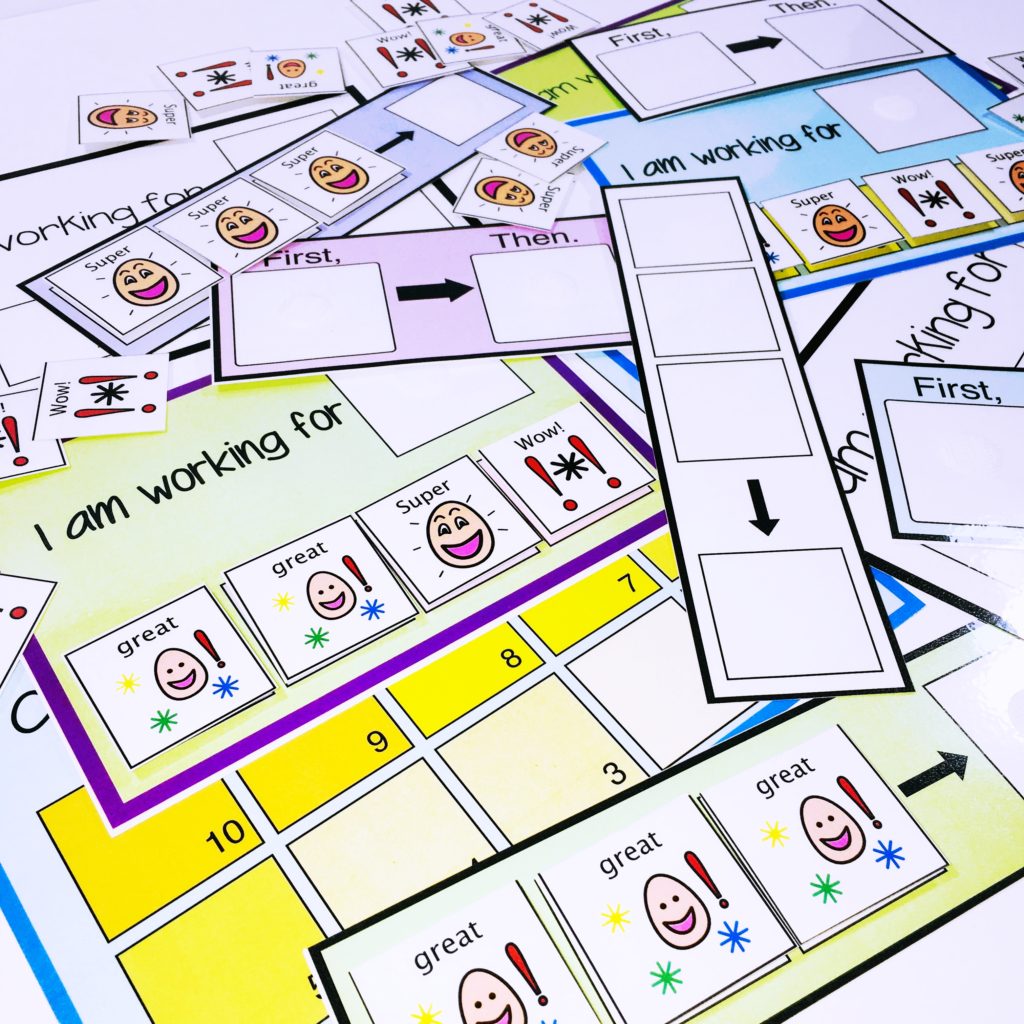
Like what you read? Don’t forget it, PIN IT!
